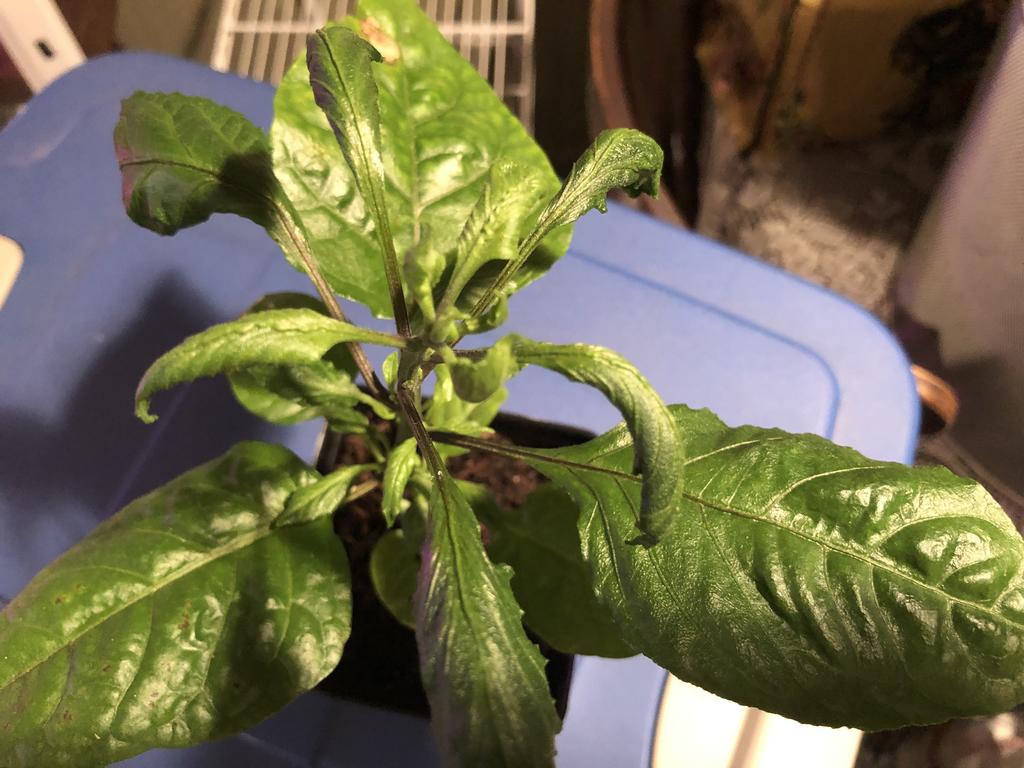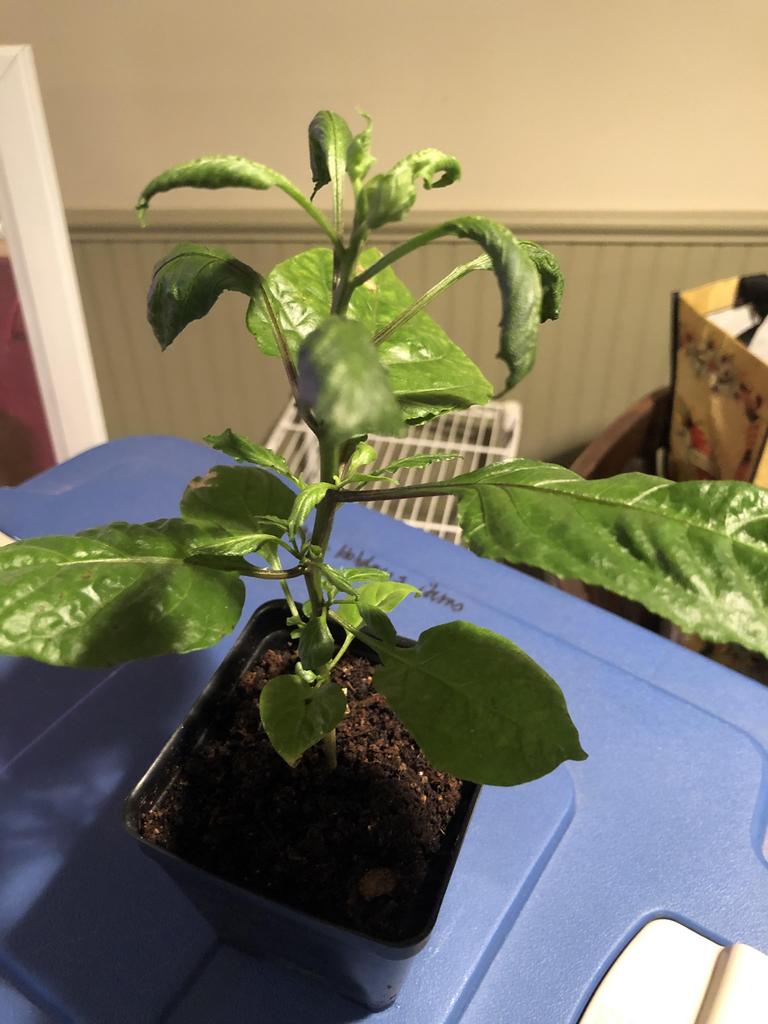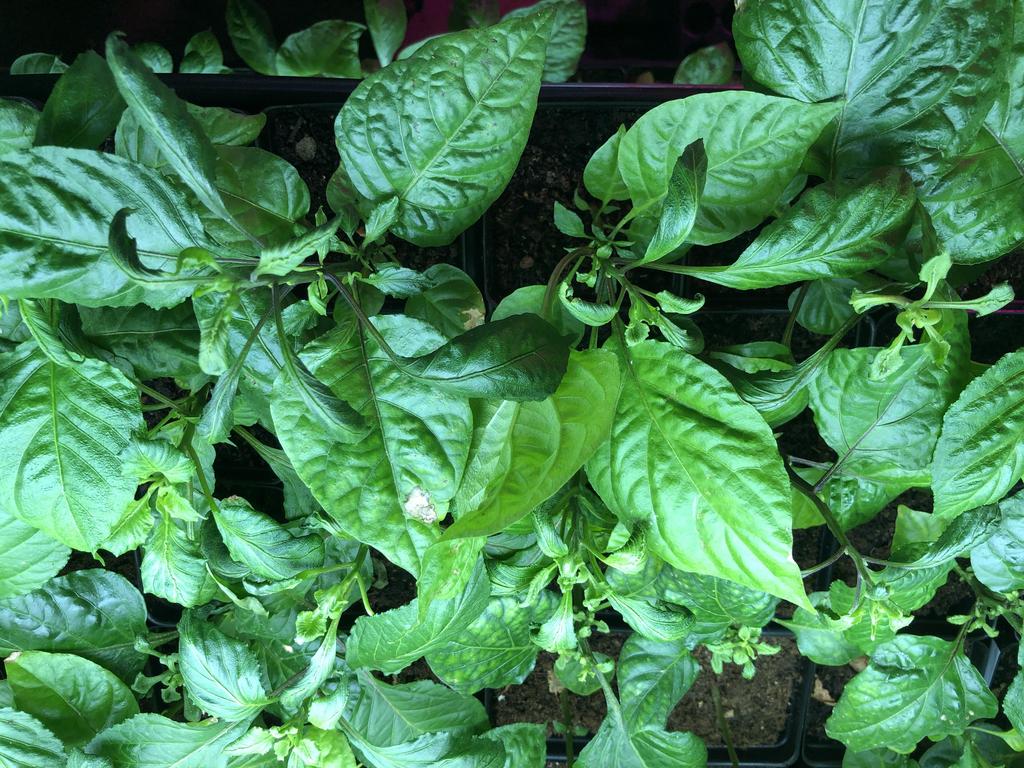Hello all,
I have noticed that a few of my plants have new growth where the leaves are very tightly curled. I thought that might have been due to spider mites in the past, but I just don't see that pest anywhere right now. Any thoughts? I am wondering if I should just top off the new tightly curled growth and hope for the best.
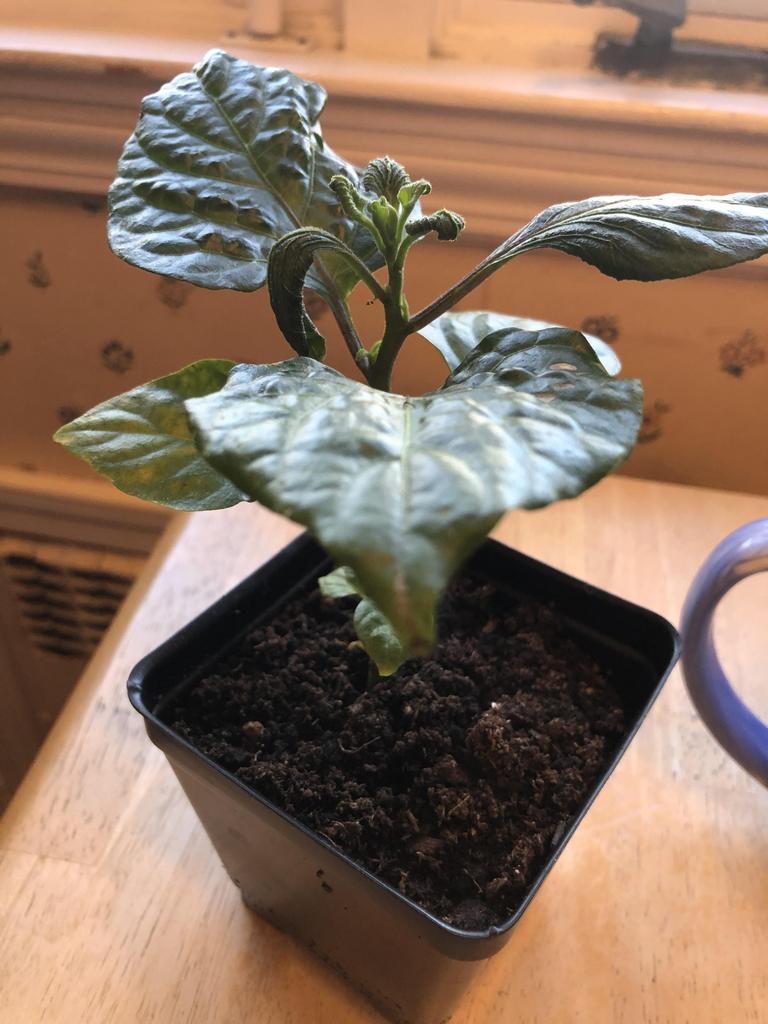
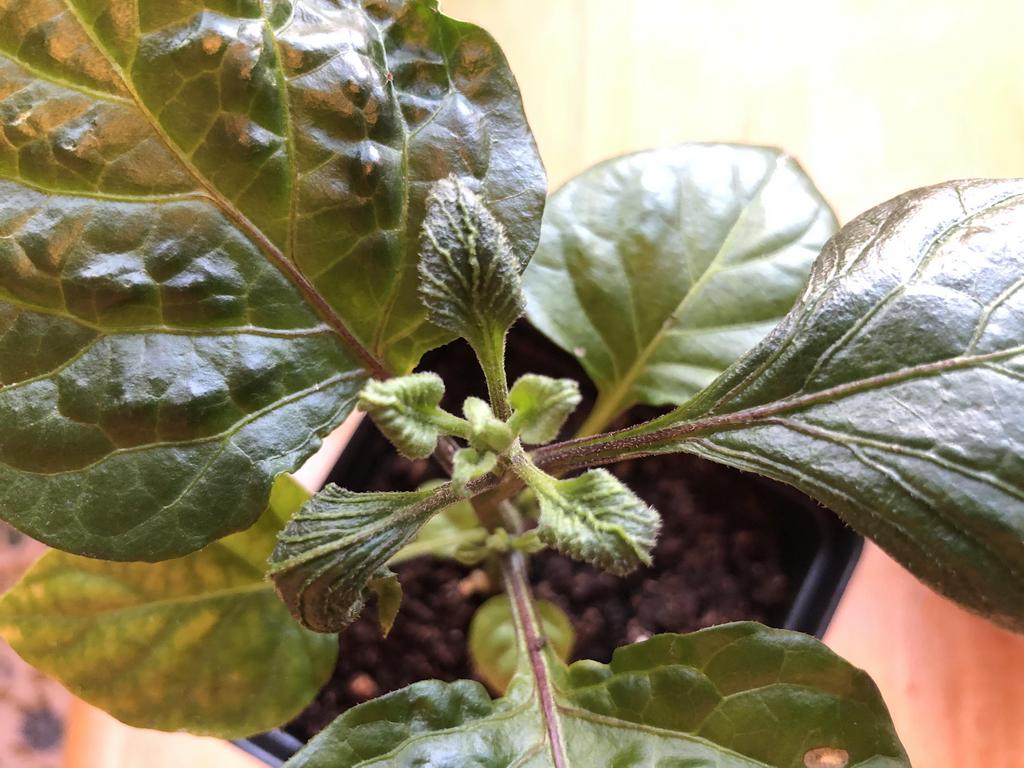
I have noticed that a few of my plants have new growth where the leaves are very tightly curled. I thought that might have been due to spider mites in the past, but I just don't see that pest anywhere right now. Any thoughts? I am wondering if I should just top off the new tightly curled growth and hope for the best.



